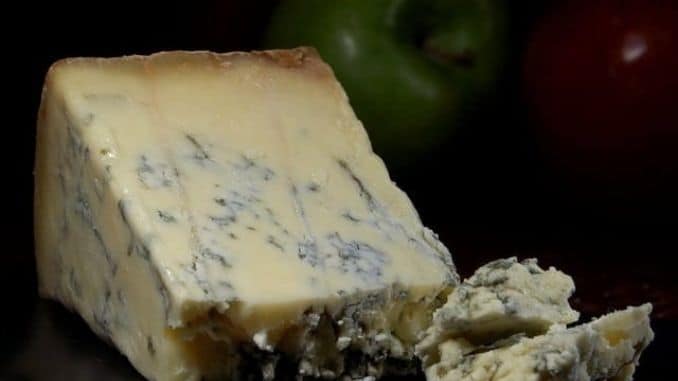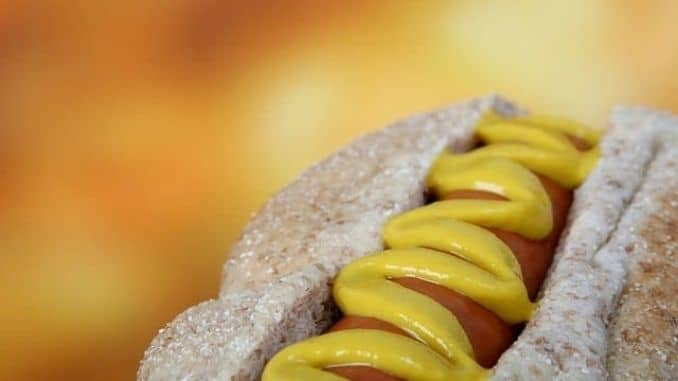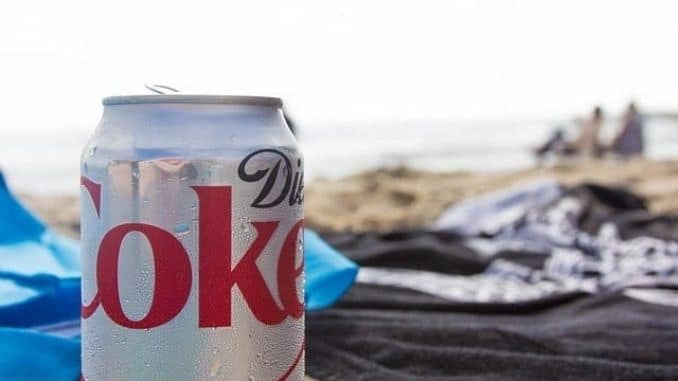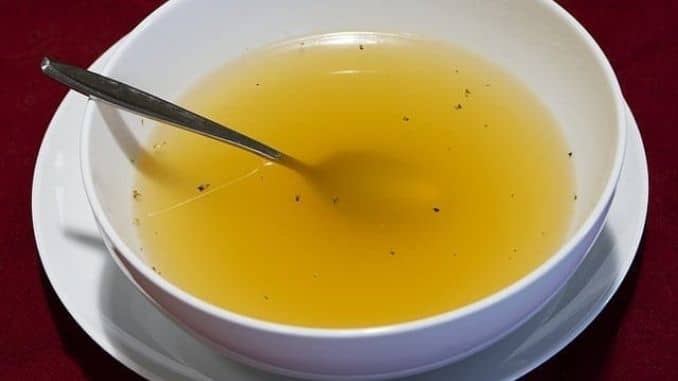
Jan was enjoying the party. She carried a small plate full of appetizers with her as she mingled, sharing jokes with her friends and chomping on cheese. Everything was going well for about an hour, and then she felt another migraine headache coming.
Jan went to the restroom and dug an aspirin out of her purse, grumbling to herself. She had gotten enough rest. She had enjoyed a low-stress day. Why was this headache coming on now? She would later learn that the culprit was not stress or lack of sleep but what she was carrying on her plate: aged cheese.
The American Migraine Foundation says that it’s not uncommon for migraine sufferers to find that their symptoms correspond with certain food triggers. Which foods or ingredients cause the triggers varies from person to person, however, so it’s important to find out exactly what foods you may be sensitive to.
Jan found out that aged cheese was risky for her. How about you?
How Can Food Cause a Headache?
In a 2012 study, researchers looked into the relationship between diet and migraines in women, who suffer from these types of headaches more often than men. They looked at data from about 170 women detailing their headache features and nutritional habits. Results showed a relationship between migraines and foods, but many foods were found to be potential triggers. The researchers concluded that correcting certain dietary patterns could help to prevent headache attacks and reduce reliance on medications.
The researchers didn’t say, however, why these foods might trigger headaches. There are some theories, though. It could be that certain substances in food affect blood vessels to the point that they cause pain. Alternatively, it could be that the foods trigger some type of low-level allergic reaction.
In a 2016 study, researchers round that it may be bacteria to blame. In their research, people with migraines had more bacteria in their mouths that could modify chemicals called nitrates in foods. The bacteria help convert nitrates in food to nitric oxide in the body, a chemical that affects blood vessels and can contribute to headaches in some people.
We have many theories but, so far, not many answers. What we do know is that for some people, foods can trigger a migraine — or not. Someone like Jan may be able to eat aged cheese some days and feel fine. However, on other days when she’s exposed to bright lights like she was at the party — and considering bright lights can be another migraine trigger for some people — eating aged cheese may be just enough of an added trigger to bring on the headache.
Indeed, often foods are triggers only when they’re combined with other triggers like stress, lack of sleep, hormonal changes, bright lights and loud noises. Sometimes, though, the food triggers a migraine all by itself.
That’s why anyone who regularly suffers from headaches would be wise to keep a journal for a month or more to help zero in on what may be triggering them. Write down what you do every day, what you eat and drink, how you feel, how much you slept, how much stress you were feeling and whether you had a headache.
Do this every day for 30 days or more, and you will gather the data you need to start noticing patterns. You’ll see the things that occur that tend to make a headache more likely, and then you can start to create a different lifestyle that limits those triggers.
7 Foods and Ingredients Linked to Headaches
In addition to keeping a diary, it may also help to know some of the most common foods and food ingredients that have been found to trigger headaches and migraines.
1. Aged Cheeses and Other Foods that Contain Tyramine

If you’re taking an MAO-inhibitor antidepressant, though, you won’t have as much of this enzyme in your body, which means you may not be able to process tyramine as well. When that happens, too much tyramine is left hanging around the bloodstream, which can raise your blood pressure and cause a headache.
Even if you’re not taking antidepressants, tyramine may still be a trigger for you. Some studies have found that people who eat foods with tyramine suffer from migraines. Researchers aren’t sure why, but they think perhaps it has something to do with the fact that tyramine can act on cells in the brain, causing changes that may lead to headaches.
Foods that contain tyramine include:
- Aged cheese like blue cheese, brie, cheddar, mozzarella, Parmesan, Swiss and feta
- Beer on tap
- Red wine
- Fermented foods like sauerkraut and pickles
- Soy sauce
- Miso soup
- Yeast extract
- Ripe bananas and avocados
- Chocolate
2. Red Wine and Other Forms of Alcohol

Alcohol on its own can dilate blood vessels and thus provoke a headache. It increases blood flow to the brain, which may be enough to put you over the edge. But, there are other ingredients in alcoholic drinks that may also be to blame, including sulfites, tannins and histamine. Studies have found that while some people suffer migraines with red wine, they don’t have the same problem with cocktails.
We need more studies to be sure just what the culprit is. Meanwhile, you don’t have to feel like you need to avoid alcoholic drinks entirely. Just go slowly and keep the record of what ones bother you until you know which ones to avoid. Also remember that most alcoholic drinks do cause slight dehydration, which is a headache trigger on its own, so always keep some water nearby and drink it regularly when you’re enjoying alcoholic drinks.
3. Diet Soda and Other Foods that Contain Aspartame and Other Artificial Sweeteners
Research has found a number of potential side effects of the zero-calorie sweetener aspartame, and one of them is an increased risk of migraine headaches. Way back in 1989, researchers gathered data from about 170 patients suffering from headaches and, while nearly half of them reported alcohol as being a trigger, about 8 percent reported aspartame as a trigger too.
In a 1994 study, researchers gave aspartame to participants for seven days and then gave them a placebo for 7 days. They found that participants reported headaches on 33 percent of the days they were taking aspartame and only 24 percent of the days on placebo.
If aspartame is a trigger for you, watch carefully as it can also be found in sports drinks, iced tea, fruit drinks and powdered mixes. In fact, any sugar-free food may contain it, including sugar-free yogurt, ice cream, puddings, gum, candies, jams and jellies. Always read the ingredient list to be sure it’s not there.
Aspartame isn’t the only artificial sweetener that may trigger your headaches. Sucralose and saccharin may also be to blame.
4. Coffee and Other Caffeinated Drinks and Foods
Caffeine can be a tricky one as, for many, it actually relieves the pain of headaches and migraines. You’ll find caffeine in over-the-counter pain relievers because it is often effective. Many migraine sufferers find that a good hot cup of coffee can help ease pain or even stop an attack.
The thing is that caffeine in your everyday diet can affect the brain in different ways. If you use it only occasionally, it can provide headache relief, but if you consume it every day, you may develop a tolerance to it. Then, if you suddenly consume less or stop altogether, you can experience withdrawal symptoms, which can trigger headaches.
Not everyone develops this type of tolerance, however, and if you’re not sensitive to caffeine, you may notice no withdrawal symptoms or any effect at all from caffeine, other than the possible benefits. Some people, though, when consuming caffeine daily, develop a chronic daily headache related to the caffeine intake.
In one study, for example, those consuming about 100mg of caffeine daily (a standard 8-ounce cup of coffee contains between 125mg and 250mg) had a nearly three times higher risk of developing chronic daily headache than those drinking less.
Think about your caffeine intake. In one 2016 study, researchers found that those migraine sufferers who went completely off caffeine — total abstinence — experienced better results from migraine treatment than those who didn’t.
5. Salty Snacks and Other Foods that Contain MSG
Monosodium glutamate (MSG) is a salty flavor enhancer added to many foods. It’s made by isolating glutamic acid in food and stabilizing it with salt. Glutamic acid is a common amino acid found in foods like tomatoes and Parmesan cheese, so this ingredient is considered natural, even though it can cause headaches in some people.
This ingredient often doesn’t appear on food labels. It may be hidden under other pseudonyms or in more natural-sounding ingredients from which it’s made. Watch out for the following:
- Hydrolyzed protein
- Sodium or calcium caseinate
- Autolyzed yeast, yeast extract
- Glutamic acid
MSG has been connected to migraines in studies. In 2009, researchers found a significant increase in reports of headaches after participants drank soda that contained MSG but not when they drank soda that contained a placebo. In a 2016 review, researchers found mixed results, mainly because each study used different levels of MSG and administered it with or without food, potentially affecting the results.
You can find if this is a trigger for you by watching how these foods affect you:
- Highly processed salty snack food, including flavored chips, crackers and nuts
- Broths, including chicken, beef, and non-organic vegetable broths and bouillon cubes
- Broth-based soups
- Convenience foods like frozen dinners, flavor mixes and salad dressings
6. Cured Meats and Other Foods Containing Nitrates and Nitrites

Nitrates (with an “a”), on the other hand, are chemicals found naturally in some vegetables like broccoli and collard greens. The body can convert these nitrates into nitrites by using enzymes in the mouth or body. Nitrites, once they’re in the body, can turn into nitric oxide, which is a molecule that helps blood vessels to relax.
It is this action that may lead to headaches in some people because again, the nitrites are affecting the blood vessels, and even though they’re relaxing them, that change can still trigger a migraine. In a 2009 study, for example, researchers found that increased “nitric oxide stress” was associated with increased migraines. Other studies have found that nitric oxide might trigger the production of a peptide called calcitonin gene-related peptide (CGRP), which could also be linked to migraines.
It’s usually processed meats that are the culprits when nitrates and nitrites are concerned. Some vegetables contain nitrates too, though, including beets, celery, lettuce, radishes and spinach. Could these trigger migraines as well? According to the research we have so far, these foods have vitamins and other nutrients that help outweigh the effects of nitrites and nitric oxide, so it’s less likely they will cause you problems.
7. High-fat or High-carbohydrate Diet
Research shows that high levels of blood lipids (fats) and high levels of free fatty acids are important factors involved in triggering migraine headaches. When these things occur, levels of the good mood neurotransmitter serotonin are decreased while levels of prostaglandin — lipids that trigger blood clotting — are increased. This leads to dilation of the blood vessels, which is a precursor of migraines.
“A high-fat diet is one factor that may directly affect this process,” researchers wrote in one study. They followed about 50 participants who suffered from migraines. For the first 28 days, they ate as they usually did, and recorded all of the foods. Then for the next 28 days, they were told to limit fat intake to no more than 20 grams a day.
Results showed that when the participants decreased their intake of fat, they experienced significant decreases in headache frequency, intensity and duration and were able to take fewer medications. Researchers concluded that a low-fat diet “can reduce headache frequency, intensity and duration and medication intake.”
Other studies have found similar results with a low-carbohydrate diet and with diets that decrease levels of omega-6 fatty acids (like salad dressings, vegetable oils, processed foods and snacks and fast foods) while increasing levels of omega-3 fatty acids (like fatty fish, flaxseed oil, avocados, walnuts and pumpkin seeds).
What Triggers Your Headaches is an Individual Thing
Just because a food isn’t on this list doesn’t mean that it may not be a trigger for you. Keep recording your symptoms and meals in your diary to find out the particular foods you may be sensitive to and then run your own experiment. Try cutting that food or ingredient out of your diet and see how you respond.
For your guide to the best foods to heal your body, check out The Best Foods that Rapidly Slim & Heal in 7 Days, here!





